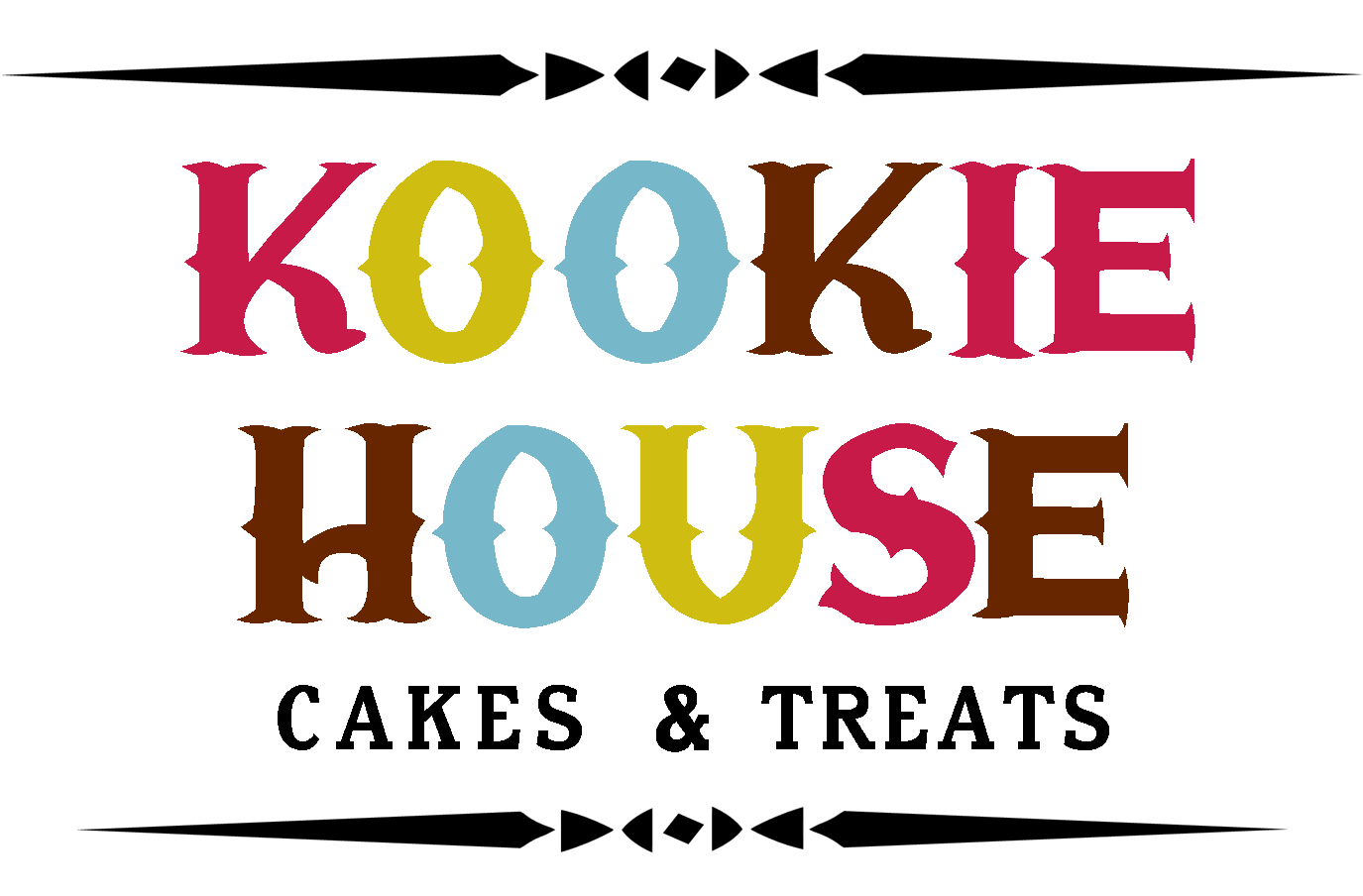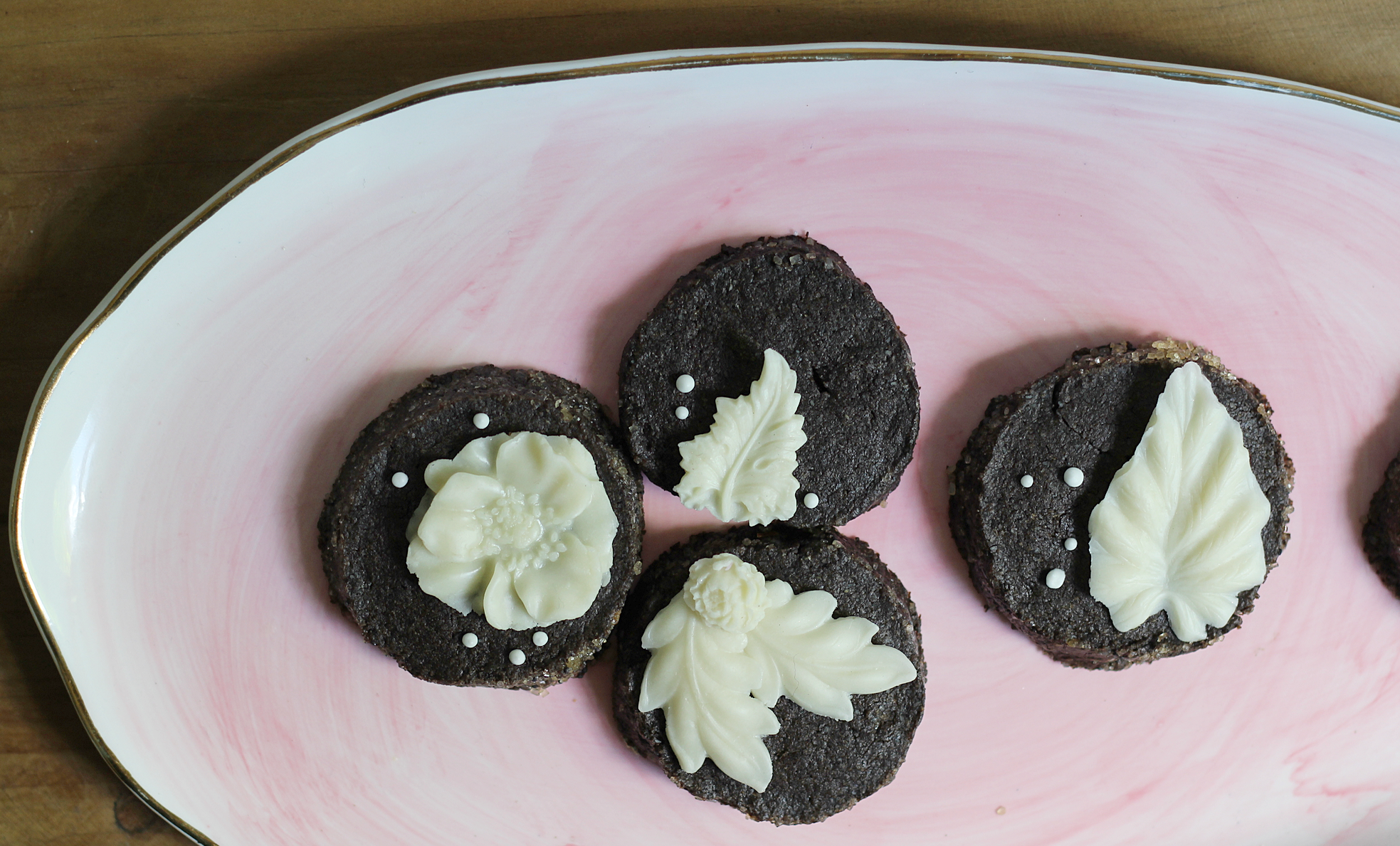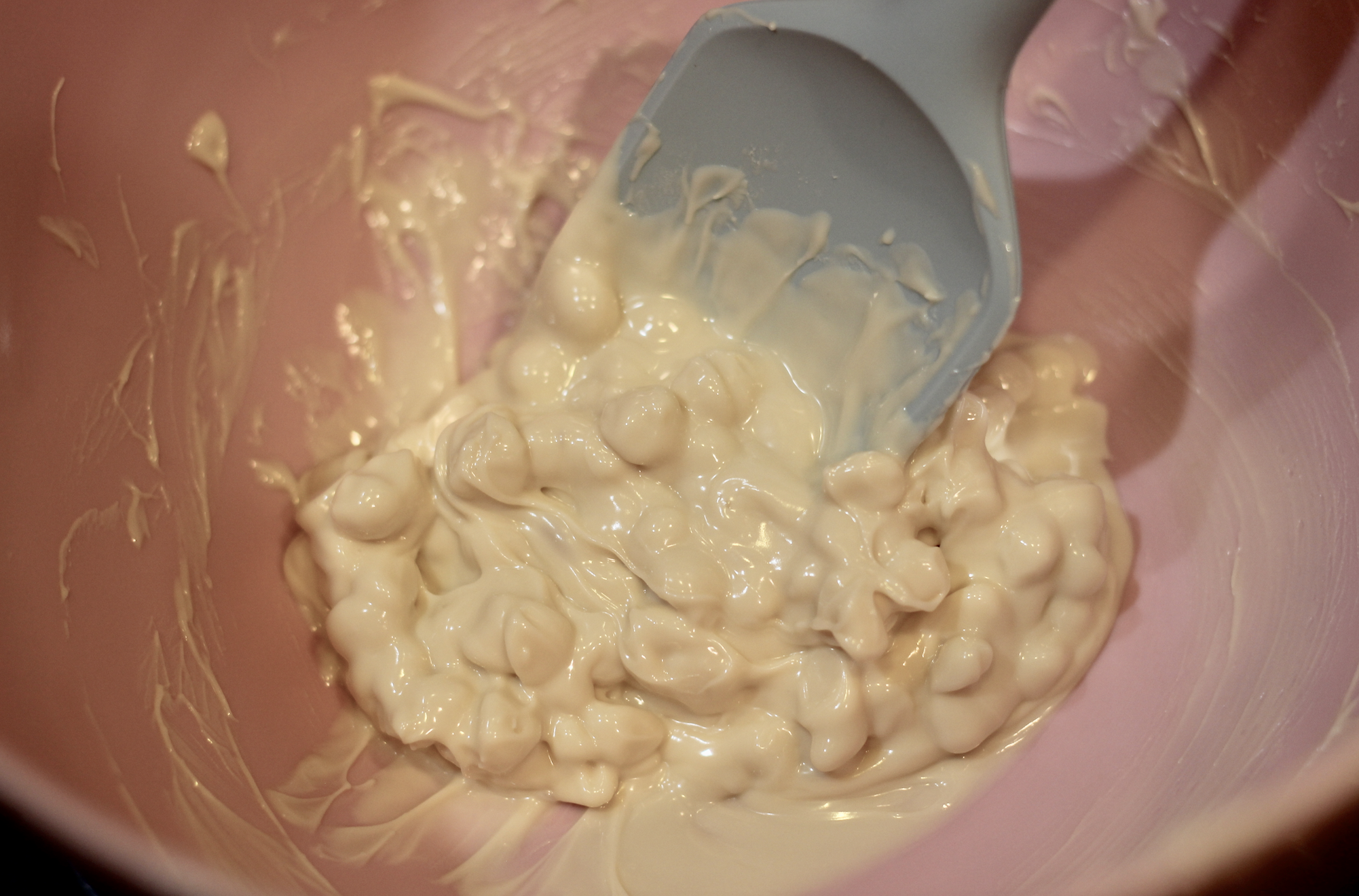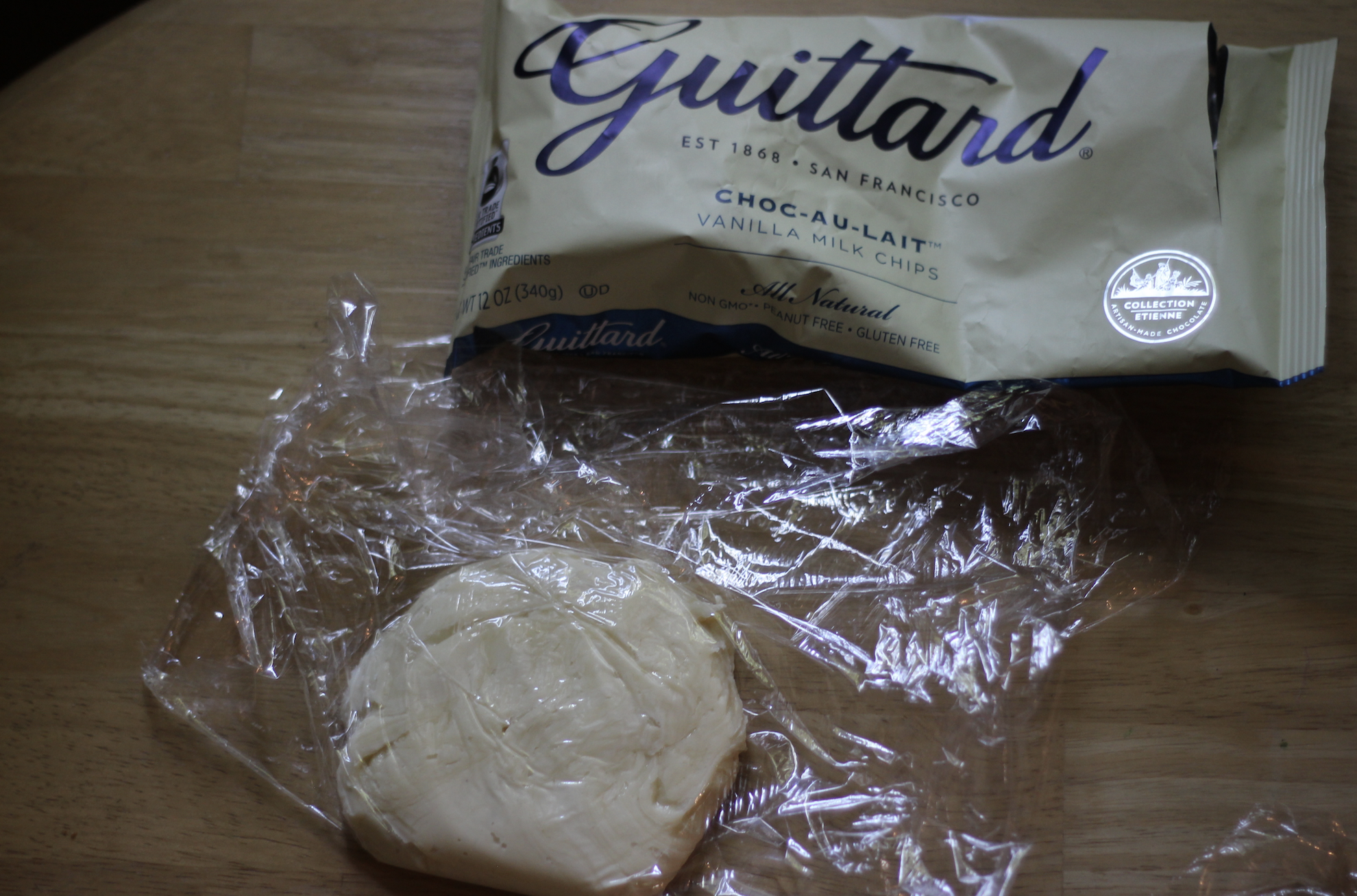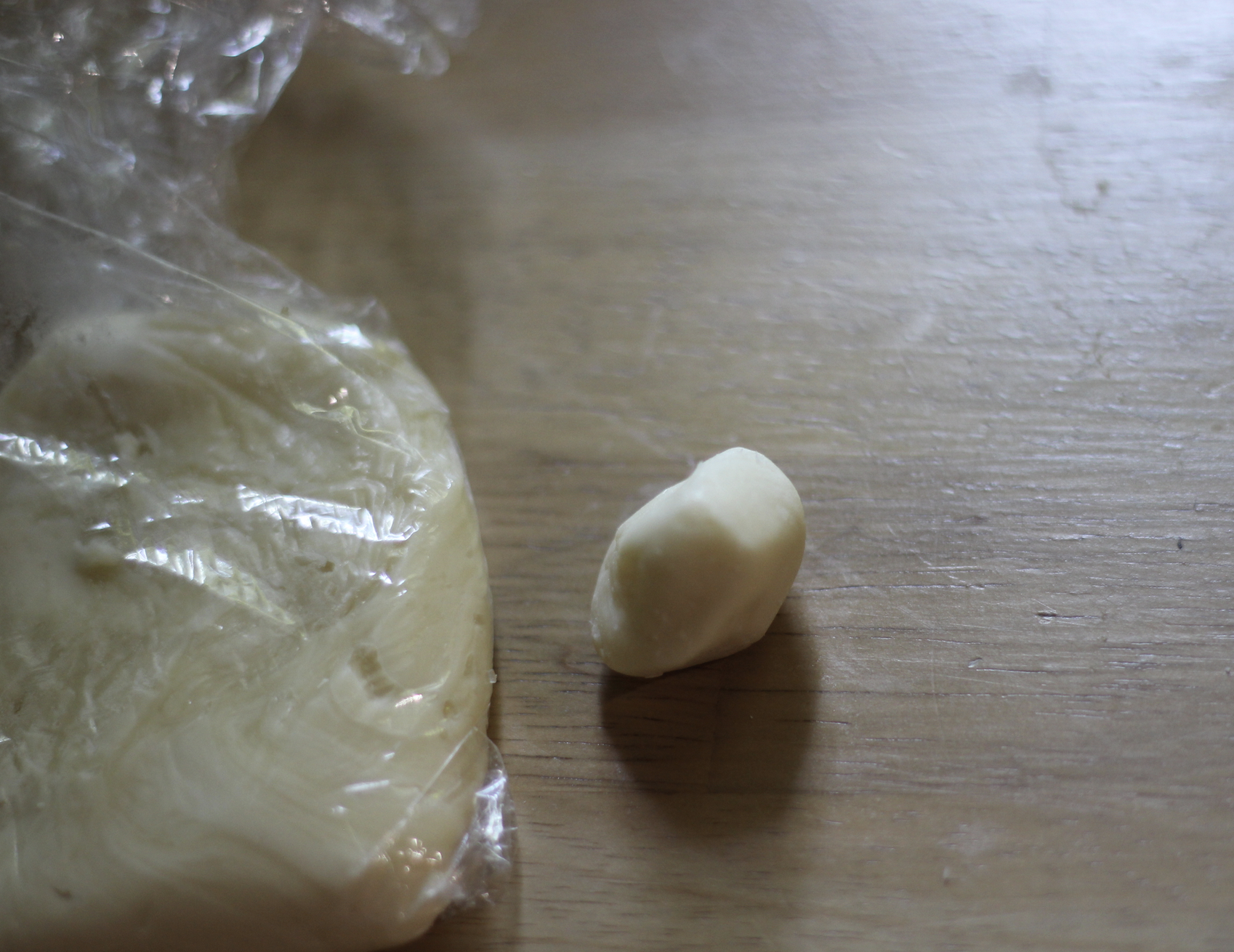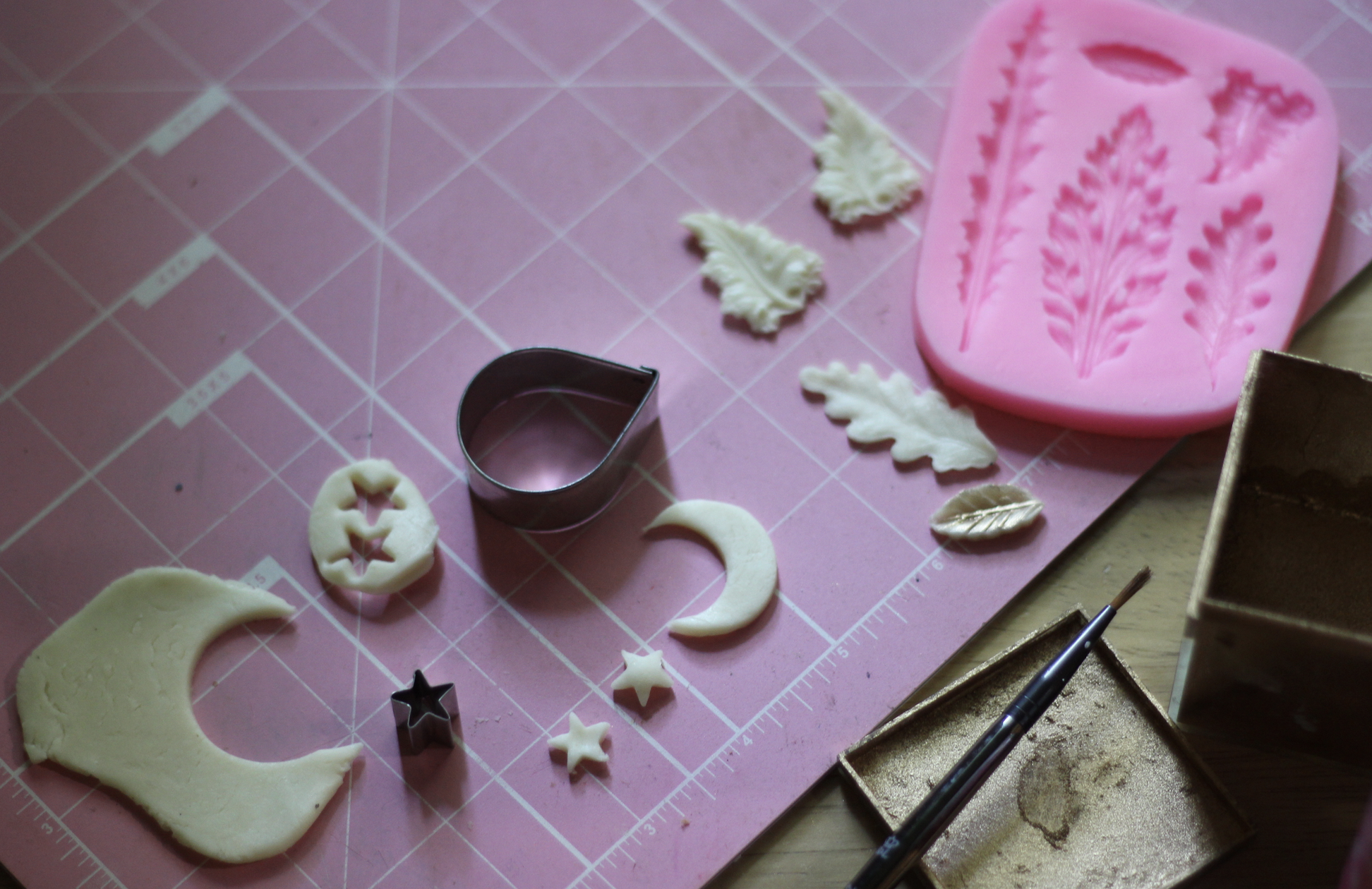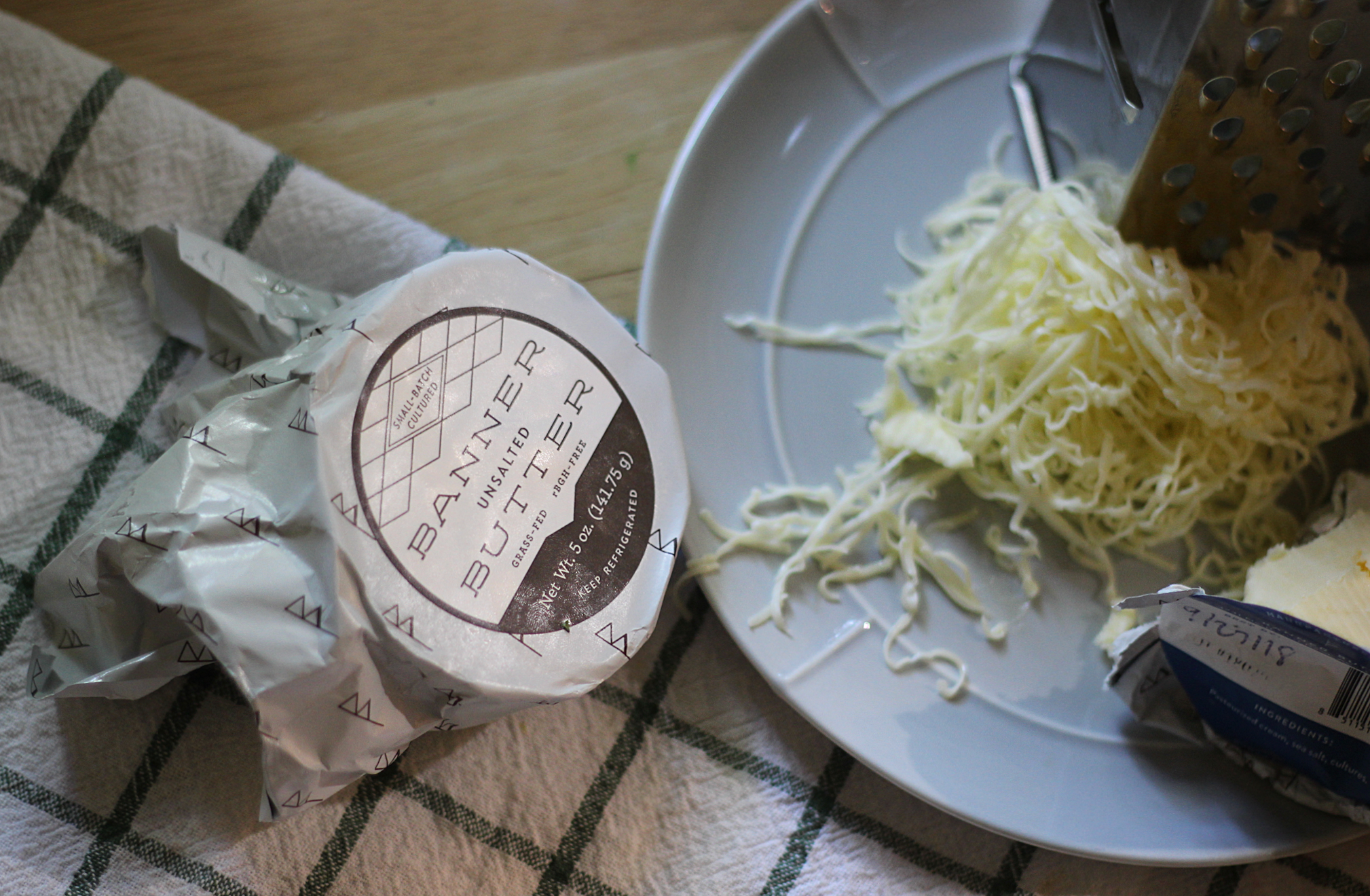After a season of cakes, I am ready for something with a little more texture to it, something crunchy and rich. These cookies have an unbelievably addictiveness to them and I think it's down to the texture: crumbly, tender shortbread with bursts of crispy poppyseeds and crunchy sanding sugar on the edges, not to mention the incredible flavor from Banner Butter. The graham flour, which I'll explain more about below, provides a lovely, homey flavor and also adds another dimension of texture for a truly multi-textural experience. They are salty and rich with dark chocolate flavor, perfect for paring with coffee or, as I did here, a bit of white chocolate. They are also exceptionally easy to make and have only one (ONE) annoying step (grating frozen butter), which I think is impressive for how delicious they turn out.
oh my god
Let's start with the modeling chocolate.
Now, modeling chocolate, if you don't know, is a miracle. It's as pliable as fondant, perfect for using with silicone molds, sculpting, rolling out and cutting, or just messing around with, but unlike fondant it is DELICIOUS.
Unlike fondant, which is evil to put on cookies, it is delicious.
Even if you don't have any cool food-grade silicone molds sitting around to press the modeling chocolate into beautiful decorations, you can still roll it out and make some beautiful designs with a knife or small cookie cutter if you want. You can even brush it with edible luster dust for a fancy finish. Stored in a sealed container, it should last a long time, reviving with a bit of warmth from your hands, and can be used for all kinds of fun baking projects down the line, so I recommend having some on hand.
I'm not even going to give you a recipe for it since there is no way to top Cake Paper Party's chart and instructions. My only change is that I highly recommend using Guittard's Choc-Au-Lait chips for your white chocolate version and nothing else. They are, as I mentioned a few posts back, the only edible white chocolate chips on the market in my opinion. I found them recently at Whole Foods, so you might try that if you're not willing to wait for an online order.
So basically you just melt the white chocolate chips, then mix in the correct amount of corn syrup for the consistency you want. Be quick and gentle when folding in the corn syrup. As soon as the mixture has the consistency of peanut butter, STOP. There may still be streaks of corn syrup--it's ok. Let it all cool for at least two hours. Knead once cool, and the mixture should incorporate to a smooth, play-dough like consistency.
See the first photo here? That's as far as you should go when microwaving white chocolate to melt it. Stop while you still have large chunks, then just stir until the chunks melt. Heating your white chocolate chips in the microwave beyond this point only leads to despair. Trust me.
In general, be careful of overworking modeling chocolate. If it gets too warm from your hands, it can break into an oily mess. There is a way to fix this though, so don't toss it. I really think these cookies are even better with a smidge of the creamy white chocolate on top, so even if you didn't want to mess with all this I would still throw in some rough-chopped chunks of white chocolate into this shortbread, or drizzle some melted on top for a very easy fix.
Now onto the cookies themselves. We've covered shortbread already, and this one has some changes from that recipe (which I still think is the best all-around vanilla shortbread out there) due to the cocoa powder and this cultured butter I want to use.
I am IN LOVE with Atlanta's own Banner Butter, and I knew it would shine in this shortbread. If you can't find Banner, be sure to use some other kind of cultured butter as a substitute, like Plugra, Lurpak, or a local butter if you can find it. The slight tang to this butter gives the cookies a subtle buttermilky flavor, and the rich fat content is important to the recipe proportions.
You can keep a log or two of this dough in the freezer forever, and whip it out any time you need a quick cookie for your guests. Or yourself. Just whip out your log and slice. Ok sorry, I had to. I'll stop saying "log" now.
chop your log (SORRY) with a knife warmed over the stovetop for easy slicing. And don't use a marble cutting board. Why would such a thing even exist
Graham flour is the same thing as whole wheat pastry flour, but it is not exactly the same thing as whole wheat flour. Named for who else but the 19th C Presbyterian minister who railed against bread made with white flour (he called it "tortured") and masturbation (he called it "Self-Pollution"), graham flour is milled from the same soft wheat that cake flour is made from and it is unsifted, unlike whole wheat flour. The grain's outer hull is ground more coarsely, and yet the inner kernel is finer than whole wheat flour, so what you end up with is a light, not dense, crumb while still benefitting from the texture of the whole grain particles. It also has that nutty taste that will remind you of a graham cracker, which makes a nice base for the chocolate and acidic butter here to play against.
Chocolate Poppyseed Graham Shortbread
230 g (8 oz, two sticks) frozen and grated unsalted cultured butter
1 tsp. fine sea salt
2 Tbsp. poppyseeds
1 tsp. vanilla extract
125 g. powdered sugar
280 g. (2 c.) Graham flour
38 g. (1/3 c.) dark cocoa powder (I always use Hershey’s Special Dark)
2 egg yolks, room temperature
Coarse demerara sugar, for sanding
Place butter in freezer for at least two hours, preferably overnight. Once butter is rock-hard, grate quickly using a box grater into a large bowl, re-freezing the butter if it starts to soften. Chop up the last few chunks rather than grating down to your thumbs.
Sprinkle salt and poppyseeds over grated butter then return to freezer for at least 20 minutes. Meanwhile, whisk powdered sugar, flour, and cocoa powder together in a small bowl. Once butter is chilled, add flour mixture and quickly toss with your hands (use disposable gloves for this part if you have them). Then, add the egg yolks and vanilla and quickly mash and squeeze dough until it comes together. It may be streaky with chunks of butter. Squeeze just until it holds together, then separate into two balls and place onto plastic wrap. Work the balls into logs and roll tightly using the wrap. If dough becomes soft and warm, allow to chill before proceeding. Unwrap, the re-roll the logs in coarse Demerara sugar, then wrap tightly. Place the two logs into the freezer to chill overnight or until completely solid, at least four hours.
Heat oven to 375 degrees F, slice dough into ¼ inch discs, and bake for about 12 minutes on a parchment-lined tray. Cool completely before storing.
Seen here piped with celestial royal icing designs
